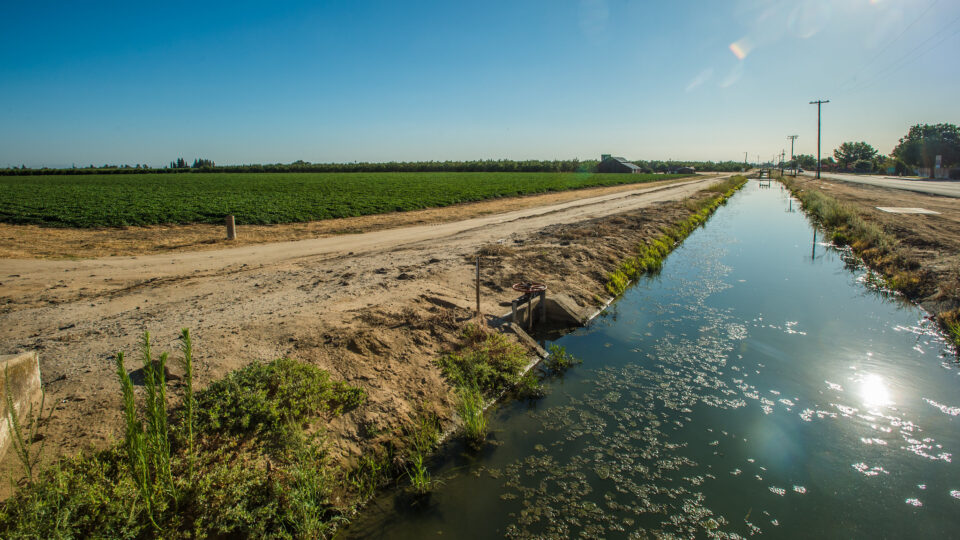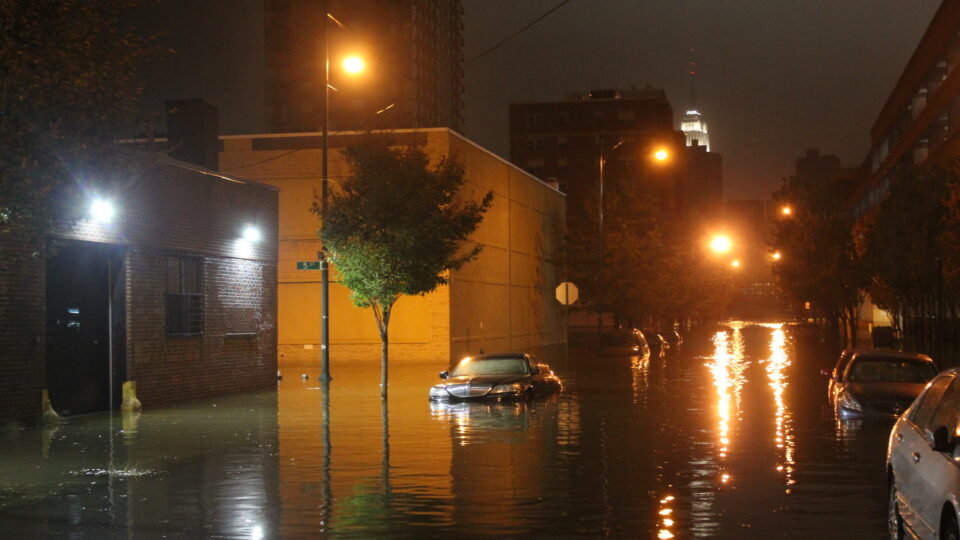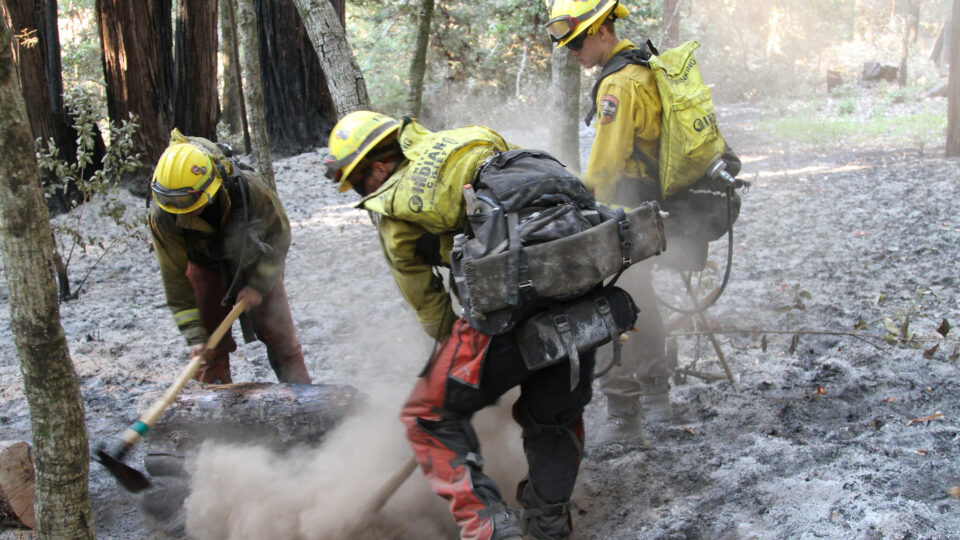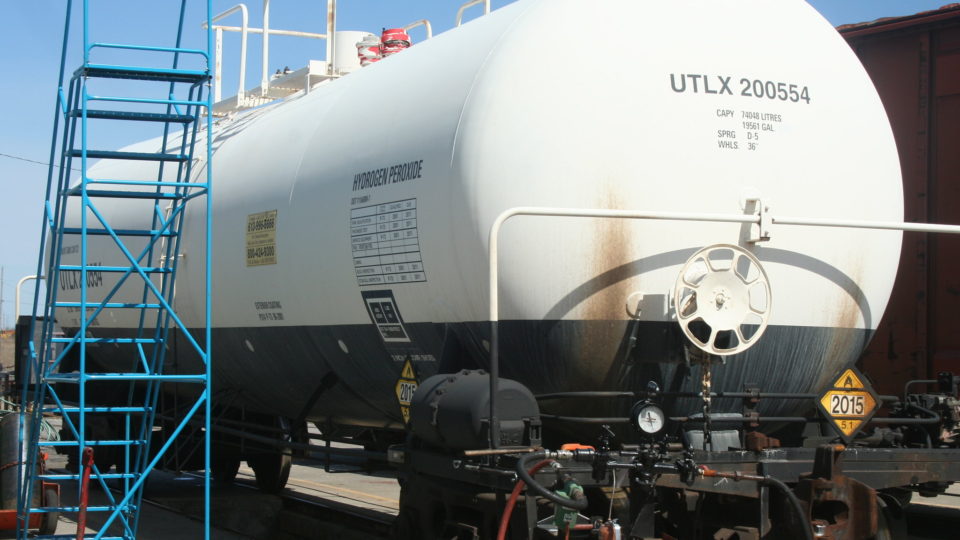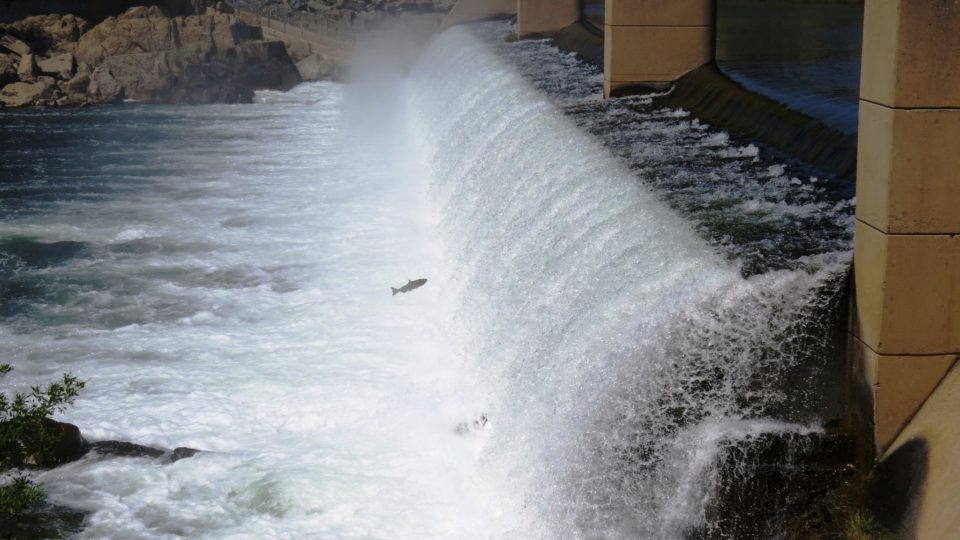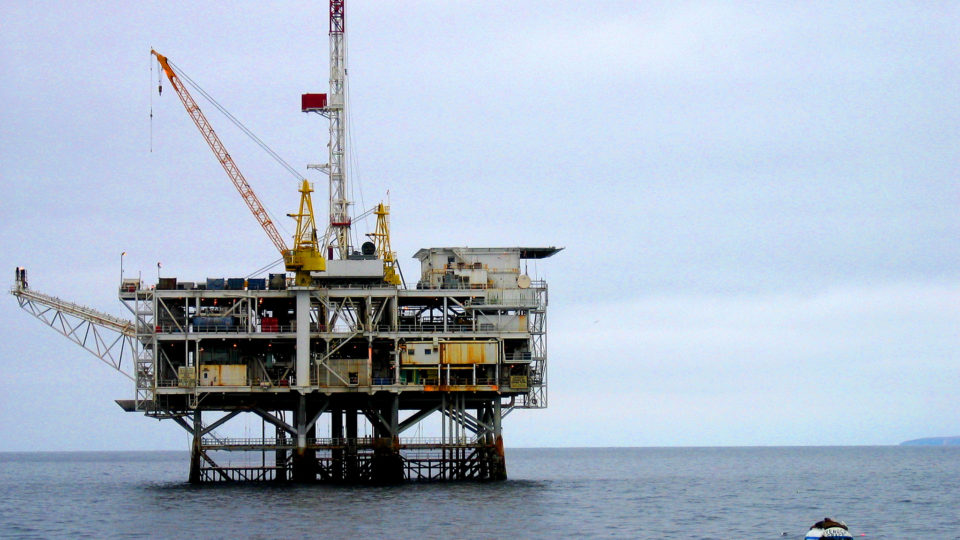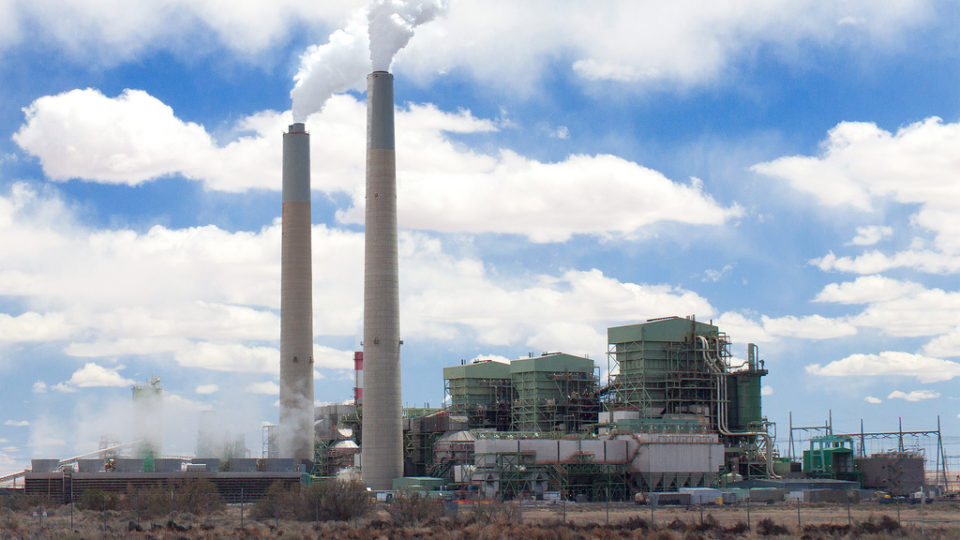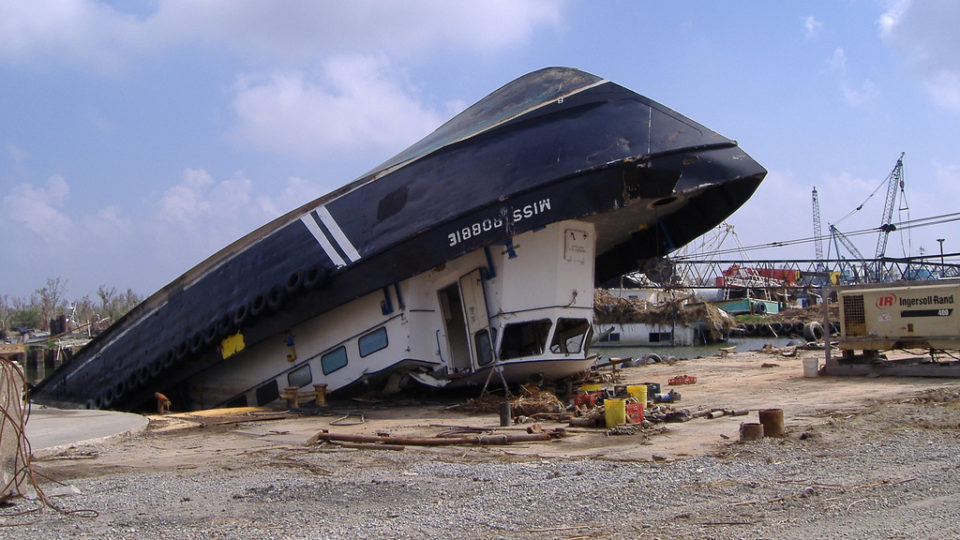For decades, there has been talk of the hydrogen economy in which hydrogen would take the place of fossil fuels in a wide range of domestic and industrial applications. Over time, hydrogen’s potential advantages in some applications have diminished but it is still seen as perhaps the most promising way to decarbonize long-distance truck, ship, and plane transportation as well as many heavy-duty industrial processes.
Hydrogen is the most common element in the universe, but here on Earth, it is tightly bound up in chemical compounds, notably water and hydrocarbons. Extracting hydrogen from these compounds takes lots of energy. To date, most hydrogen is produced from fossil fuel sources, resulting in carbon dioxide emissions. So-called green hydrogen is made by splitting up water into its component elements.
Getting hydrogen from water generally uses electrolysis, which requires lots of electrical power. That is why it isn’t the standard way to produce hydrogen; it costs too much to pay for all that power.
MIT scientists have been developing a process to make solar thermochemical hydrogen, or STCH. STCH uses the sun’s heat to split apart water and no other energy source. An existing source of solar heat drives a thermochemical reaction in which a heated metal surface grabs oxygen from steam and leaves hydrogen behind. MIT did not invent the concept; their efforts are to make it practical.
Previous STCH designs were only capable of using 7% of incoming solar heat to make hydrogen. The MIT process may be able to harness up to 40% of the sun’s heat and therefore generate far more hydrogen.
**********
Web Links
MIT design would harness 40 percent of the sun’s heat to produce clean hydrogen fuel
Photo, posted August 23, 2017, courtesy of Evan Lovely via Flickr.
Earth Wise is a production of WAMC Northeast Public Radio






